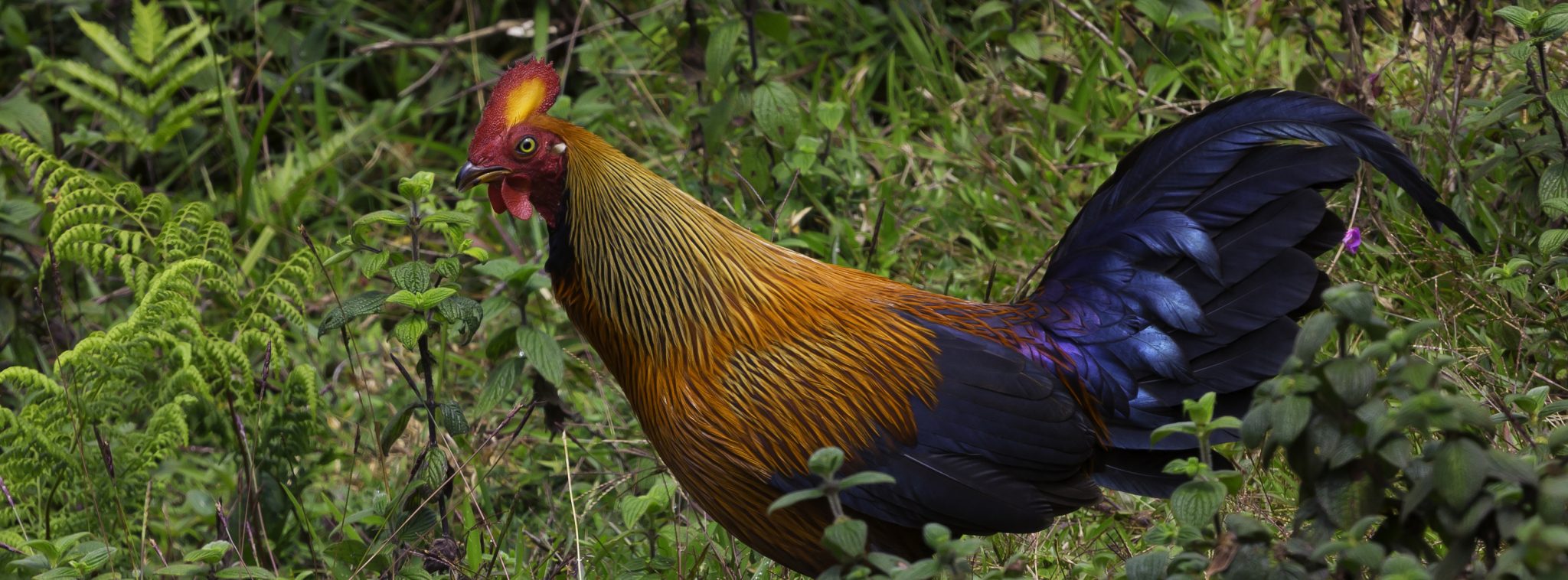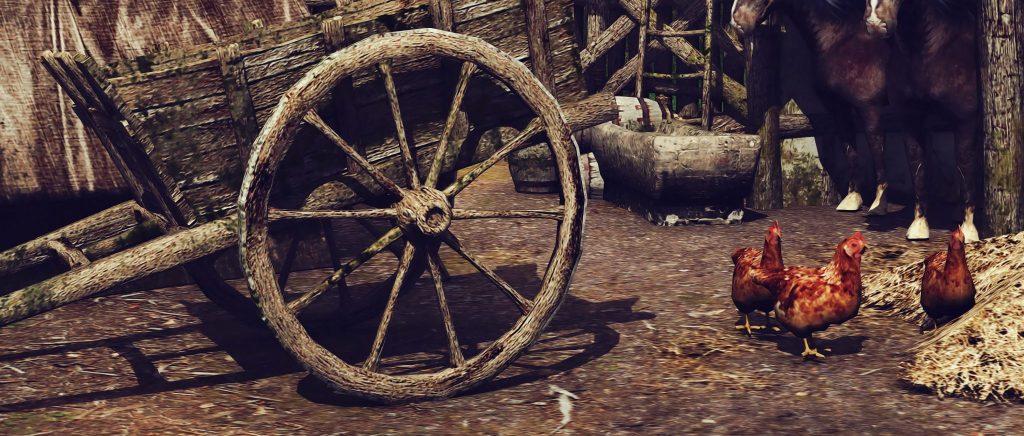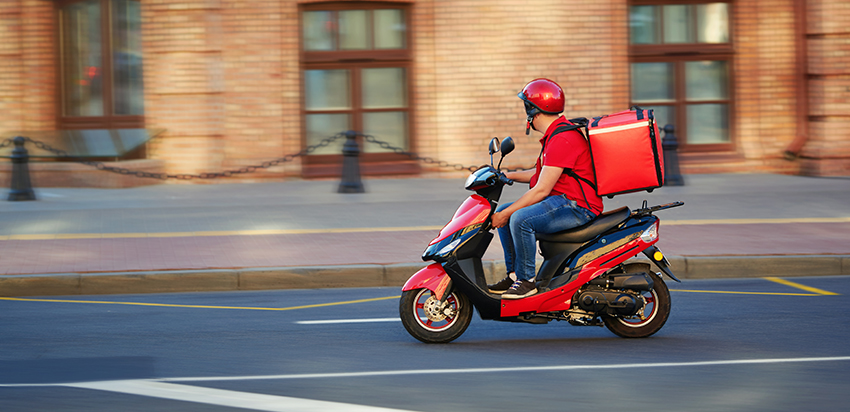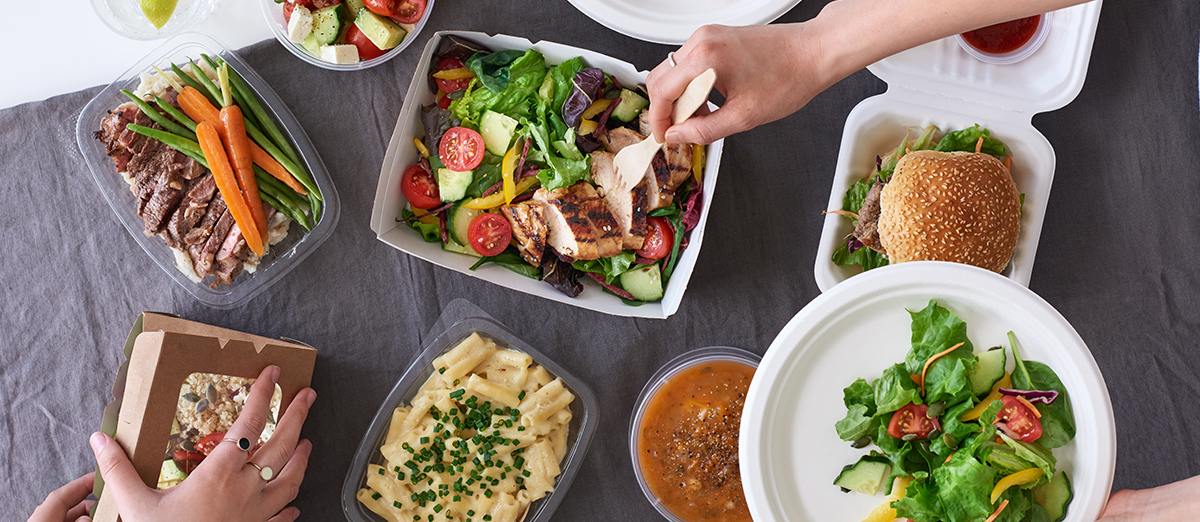
Food History Series: The History of Chicken
In a new series of blog posts from the talented Patterson Watkins we’re going to explore the history of some of our favorite foods! keep an eye out in the coming weeks for the rest of our food history series!
Which came first: the chicken or the egg? That age old cause and effect dilemma that’s been plaguing us for centuries… but when it comes to history, the chicken always comes first.
In The Beginning…

We can’t begin to talk about chickens without talking about dinosaurs, the T-Rex specifically. In recent years DNA found in the soft tissue of a T-Rex plot points on the same branch on the same evolutionary family tree as a chicken. For years, those in the dino camp have been debating avian relations; skeletal similarities, brooding habits, nesting, egg laying and feathered dinosaur evidence-all hold water. Chickens are the ancestral descendants of dinosaurs.
So how do we go from a 40ft eating machine to a barely 1ft tall eating machine? With 3/4 of the species wiped out during the mass extinction of the Cretaceous Period, the strict herbivores and carnivores were left without. The more adaptive omnivores, insectivores, and carrion-eaters survived. The bridge between dino and chicken lies with one critter: the Archaeopteryx. A smaller bird-like dinosaur, that, as you can see, can easily become our modern chicken.
From Dinosaur to Domestication

Early domestication began around 8,000 years ago but for more ways than we might think. Sure, we used chickens for sustenance, but we also used them for entertainment. Unlike the other early domesticated animals (pigs and cattle), chickens were bred for food, sport, and show. Their beautiful plumage made them coveted for exotic menageries, but the male’s aggressive nature birthed the earliest spectator sport, cock fighting. By 2500BCE the chicken had traveled to all civilized areas of Asia, the Middle East and Africa by migrating populations and early seafaring trade.
The spread of The Roman Empire brought the chicken to Europe as a cheap food option. Many Roman documents written by Pliny, Cato, and the oldest surviving cookbook by Apicius describes the chicken’s importance as a nourishing and delicious food source.
To The New World

Chickens came to the New World by the earliest Spanish settlers and Polynesian explorers around the 1300s to early 1500s. More chickens arrived in worldly waves through European and British colonization with total inhabited global coverage by the early 1700s.
The original value of raising chickens was for their egg production with meat as a byproduct. It wasn’t until the 21st century that factory farms began producing both meat and eggs cheaply, increasing the demand.
In 2002, there were more than 16 billion chickens in the world, being raised for food, eggs, or as pets. China represented the majority at 3.8 billion with the US coming in second at 1.9 billion. Worldly estimates today put that population at around 50 billion.
What foods do you want to know the history about? We want to know! Don’t forget to share in the comments below or on any of our social media accounts. Follow us on Facebook, Twitter, Instagram, and YouTube!
Got any other questions for PJP’s team of experts? We want to help! Just fill out the form below and a PJP expert will get back to you as soon as possible. PJP has been in the food service business for over 55 years and we are eager to share our knowledge and expertise with you.






Write a Comment